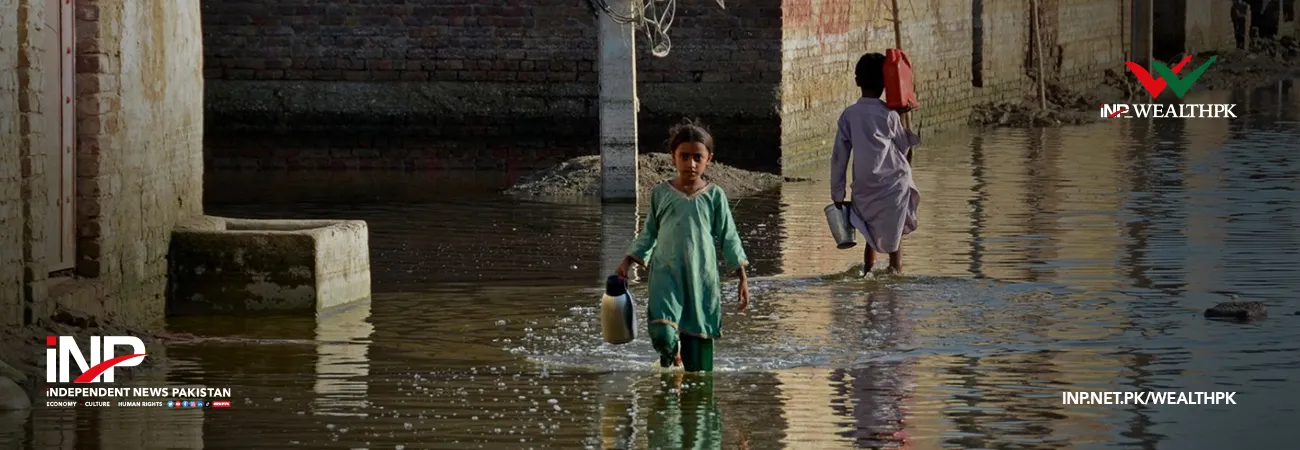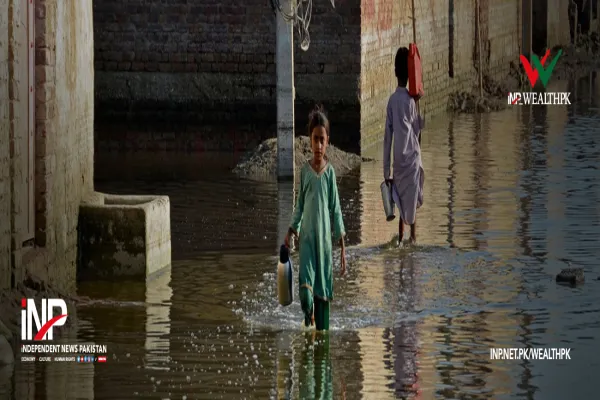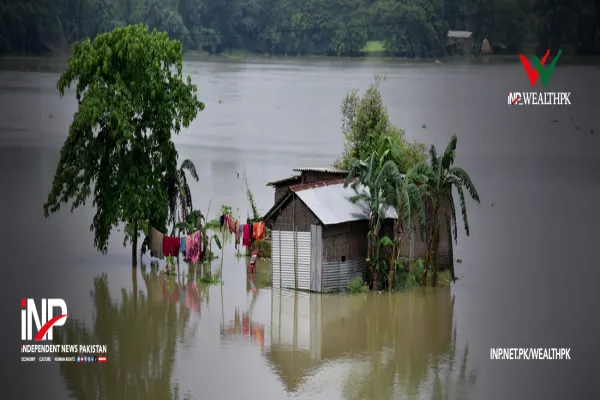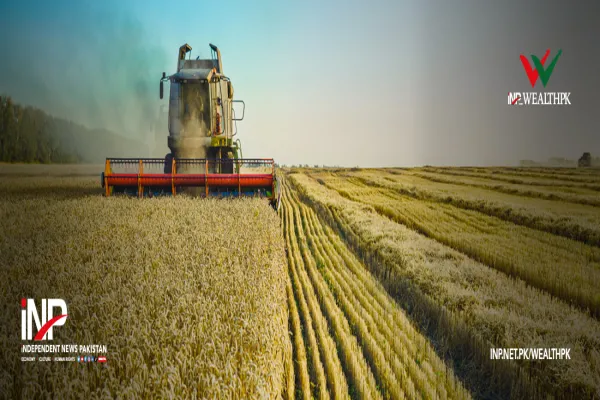i INP-WEALTHPK
Qudsia Bano
More than four million Pakistanis have been displaced across 70 districts following the 2025 floods that wreaked havoc on homes, villages and livelihoods nationwide, according to the government’s preliminary flood-damage report.
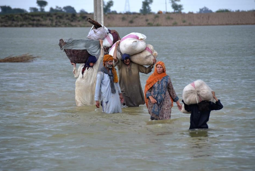
The document compiled by the Ministry of Planning, Development and Special Initiatives states that the floods destroyed or damaged 229,763 houses, with total housing-sector losses valued at about Rs92 billion. Punjab accounted for over 92 percent of this destruction—213,097 homes—followed by scattered damages in Sindh, KP, Balochistan, GB and AJK.
“Given the magnitude and scale of destruction, rehabilitation and reconstruction could take up to a decade, particularly in remote or severely impacted regions,” the report cautioned. Thousands of families remain in temporary shelters or open spaces with limited access to clean water, sanitation and healthcare.
The humanitarian crisis has been compounded by the loss of 22,841 livestock and damage to cropland, roads and bridges. Rural communities dependent on small-scale farming and animal husbandry have seen their primary income sources washed away. The report estimated that 1,039 people lost their lives and 1,067 were injured, underscoring the disaster’s severe human toll.
Provincial assessments detail the grim reality: in Punjab alone, more than 160,000 houses were partially damaged and nearly 50,000 completely destroyed; in KP, hundreds of settlements along river belts were inundated, while in Sindh, rising waters submerged low-lying villages for weeks. Many displaced families are yet to return home as standing water continues to stagnate.
The Planning Ministry emphasised that humanitarian aid and reconstruction must transition from short-term relief to sustainable community rebuilding. “Recovery will require coordinated planning, sustained financial investment and multi-sectoral support to restore housing and rebuild resilient communities,” it noted.
Experts cited in the report called for introducing disaster-resilient housing models, improved drainage infrastructure, and affordable credit for home reconstruction. They warned that reconstruction using conventional materials and layouts would recreate the same vulnerabilities exposed this year.
The National Disaster Management Authority (NDMA) and provincial disaster agencies have jointly initiated damage verification to prioritise assistance for the most vulnerable households, including widows, landless farmers and persons with disabilities.
Authorities are also coordinating with donors and NGOs to develop a “Flood Recovery Framework,” linking housing grants to local employment generation through brick-making, carpentry and small-scale construction work.
The report underscored that long-term displacement carries grave socio-economic risks—urban migration, informal settlement growth and pressure on municipal services. Unless rural housing is rapidly restored, many families may permanently leave their ancestral areas, intensifying unplanned urbanisation.
It concluded that Pakistan’s future disaster-management strategy must embed housing reconstruction within broader climate adaptation and poverty-reduction agendas. “Every house rebuilt with resilience is a shield against the next calamity,” the ministry affirmed.
Credit: INP-WealthPk



